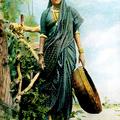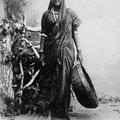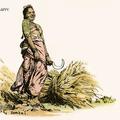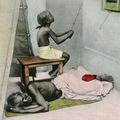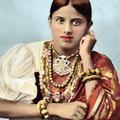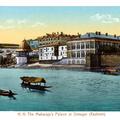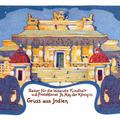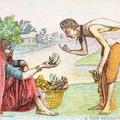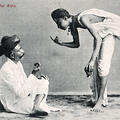A Cooly Woman, Bombay
The growth of a city like Bombay was largely dependent on the work of laborers who carried bricks and building materials on wicker baskets on construction sites, much like they do today, which must be part of the reason why they were such common

